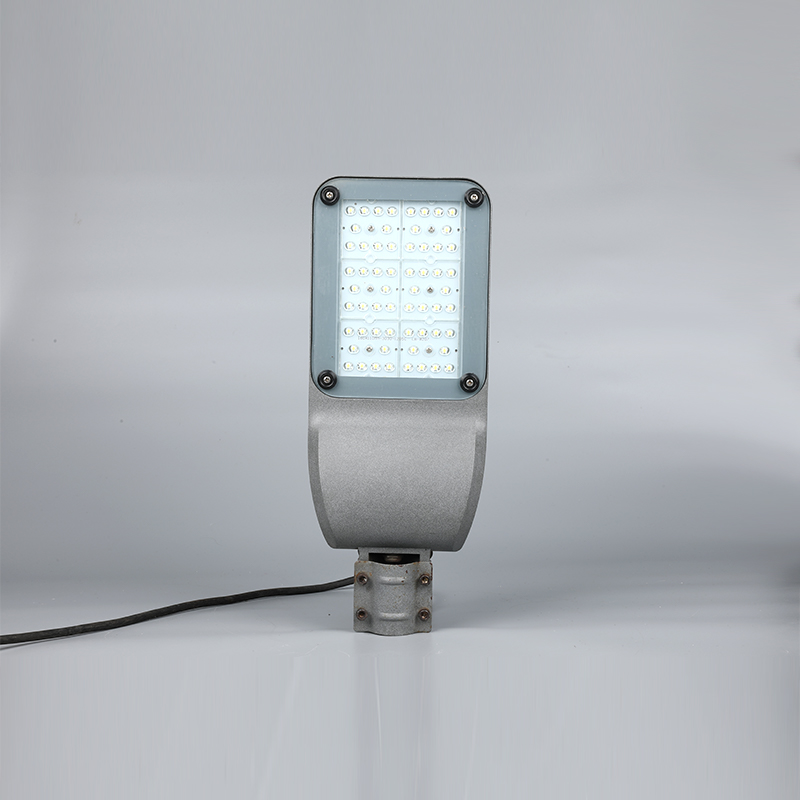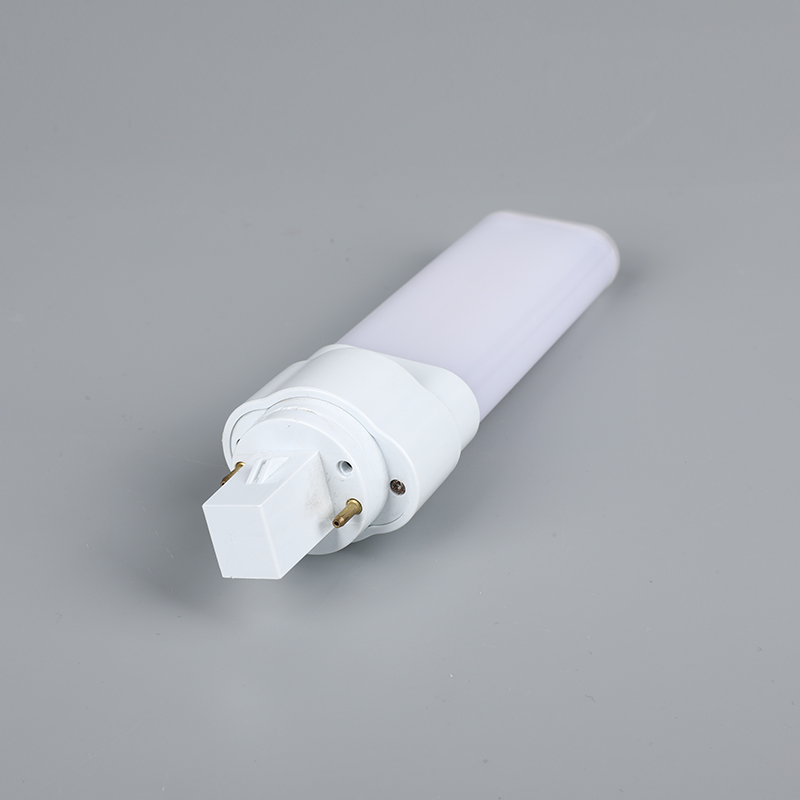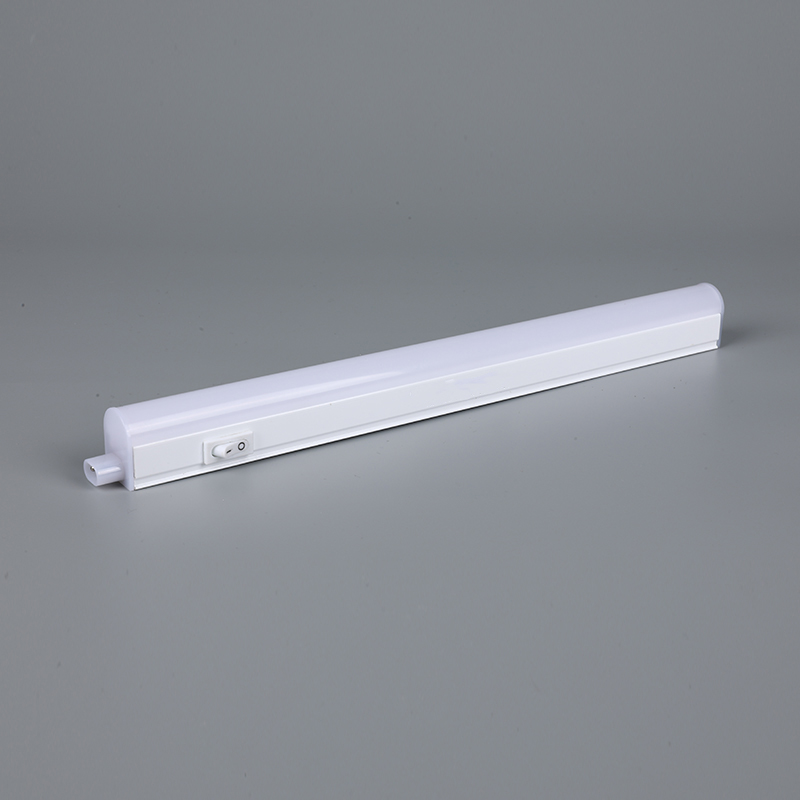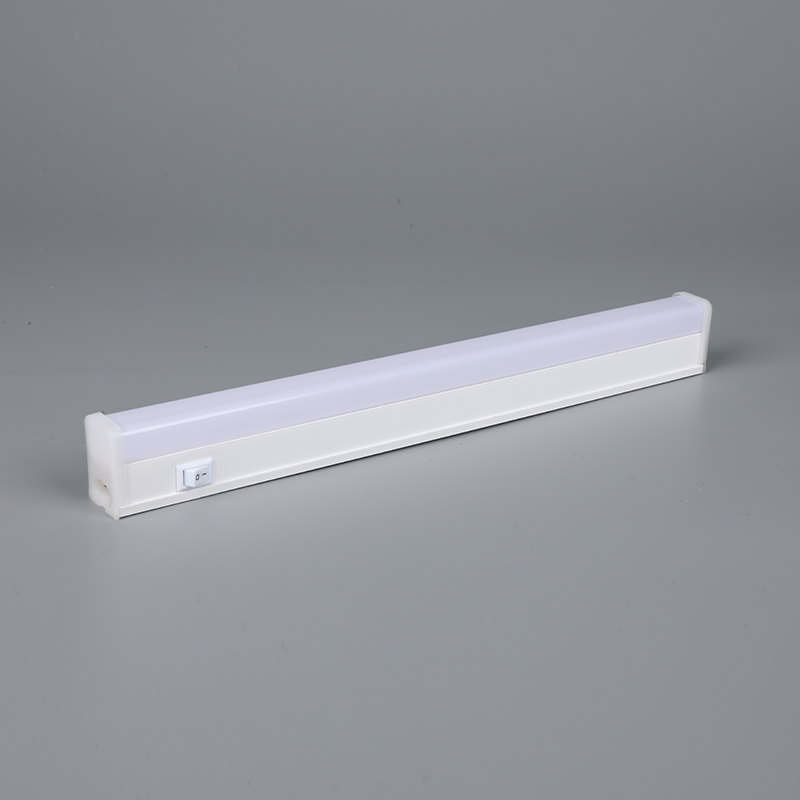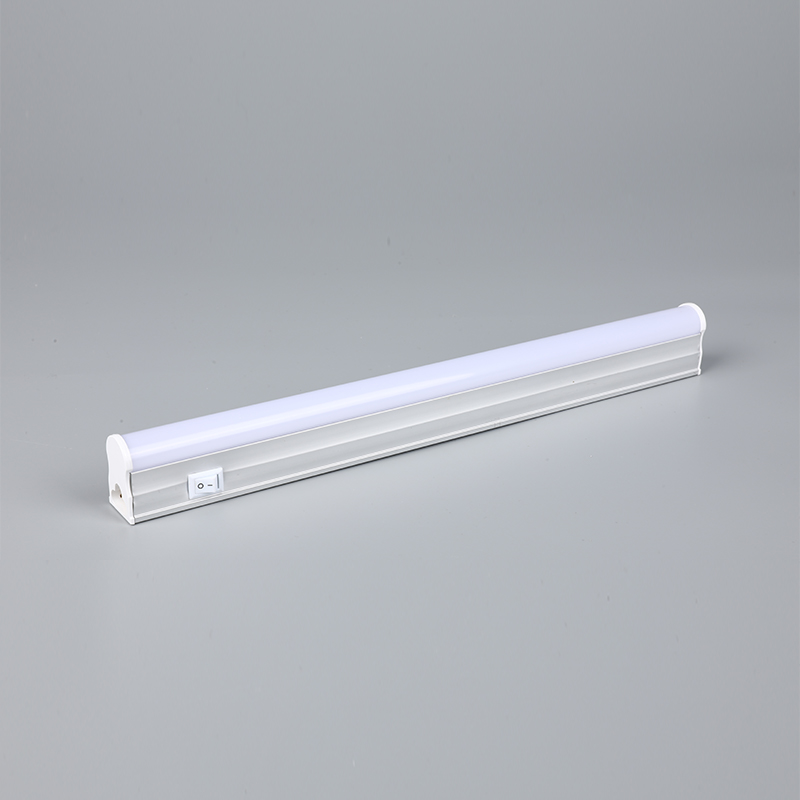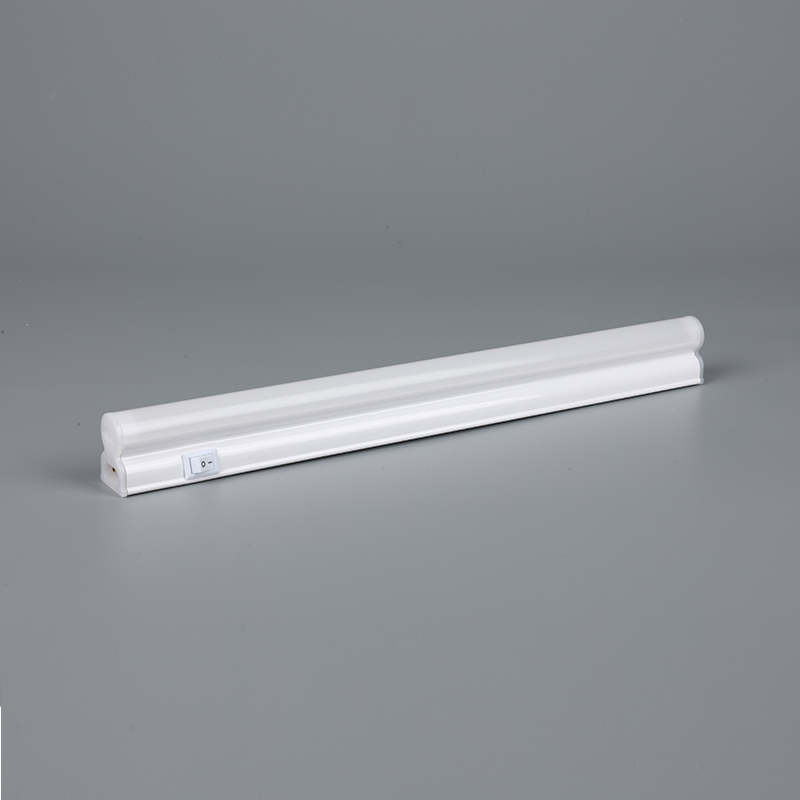In the wake of technological advancements, cities worldwide are witnessing a transformation in their nocturnal landscapes, courtesy of LED street lights. This paradigm shift from traditional lighting solutions to light-emitting diode (LED) fixtures is not merely a matter of aesthetics; it represents a significant leap in efficiency, sustainability, and urban planning.
Efficiency Redefined
LED street lights offer unparalleled efficiency compared to their predecessors. By converting electricity directly into light without generating significant heat, LEDs consume up to 50% less energy than conventional sodium or mercury vapor lamps. This translates into substantial cost savings for municipalities grappling with ever-expanding budgets. Moreover, the longevity of LED fixtures—typically lasting 50,000 to 100,000 hours—minimizes maintenance expenses and reduces the frequency of replacements, thereby maximizing uptime and ensuring consistent illumination across cityscapes.
Environmental Impact
The environmental benefits of LED street lights are multifaceted. Not only do they reduce energy consumption and greenhouse gas emissions, but they also mitigate light pollution—an increasingly pertinent concern in urban environments. By emitting directional light with minimal spillage, LEDs enhance visibility while preserving the sanctity of the night sky. This not only benefits nocturnal fauna and human health but also fosters a sense of connection with the cosmos, which is often obscured by the glare of conventional lighting technologies.
Smart Integration
The integration of LED street lights with smart city infrastructure further amplifies their utility. By incorporating sensors, dimming capabilities, and remote monitoring systems, municipalities can dynamically adjust luminosity based on pedestrian traffic, vehicular density, and ambient light levels. This not only enhances safety and security but also facilitates data-driven decision-making, enabling cities to optimize resource allocation and prioritize areas in need of attention. Furthermore, the connectivity inherent in smart lighting networks lays the groundwork for future innovations such as adaptive lighting, predictive maintenance, and integration with emerging technologies like 5G networks and autonomous vehicles.
Urban Revitalization
Beyond their functional attributes, LED street lights contribute to the aesthetic rejuvenation of urban environments. With their versatility in color temperature and programmable lighting effects, LEDs empower city planners to create immersive experiences that enhance public spaces, promote cultural heritage, and foster a sense of identity. Whether illuminating historic landmarks, accentuating architectural features, or delineating pedestrian pathways, LED fixtures serve as beacons of innovation and creativity, enriching the urban fabric and instilling a sense of pride among residents.
The widespread adoption of LED street lights heralds a new era in urban illumination, characterized by efficiency, sustainability, and intelligent design. As cities continue to evolve and embrace the principles of smart urbanism, LED technology will undoubtedly remain at the forefront, illuminating the path towards a brighter, more resilient future.

 English
English Español
Español

